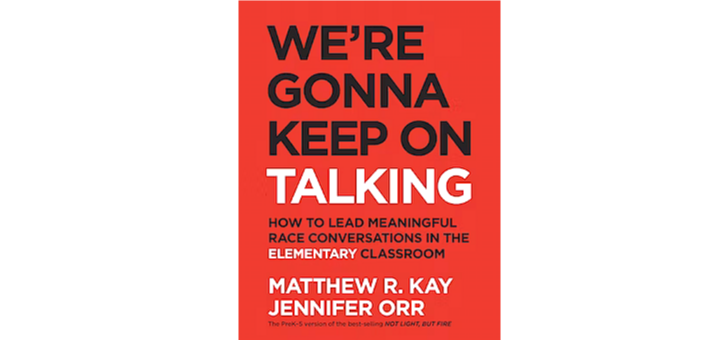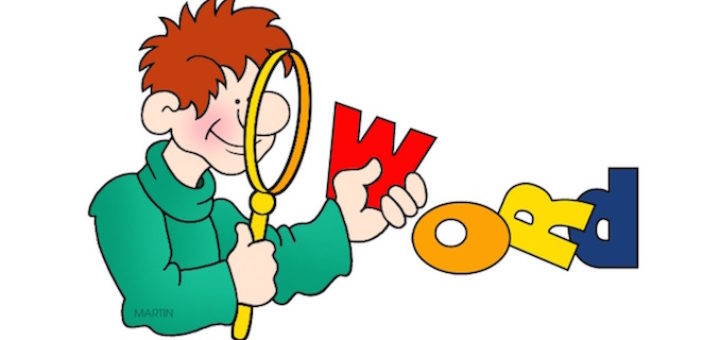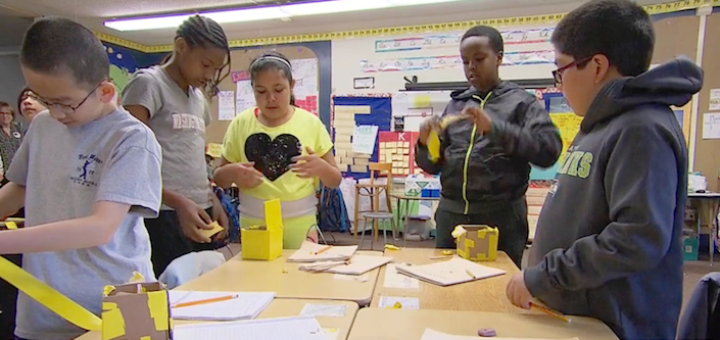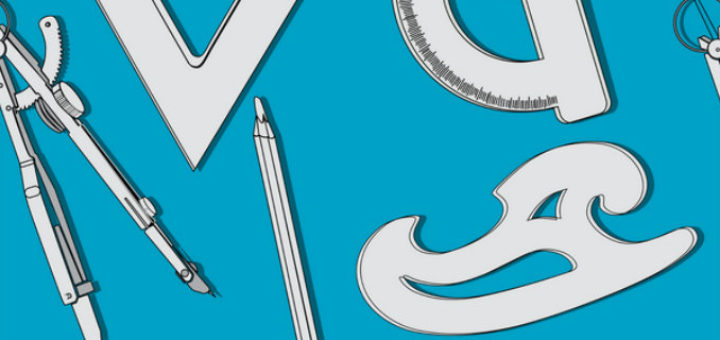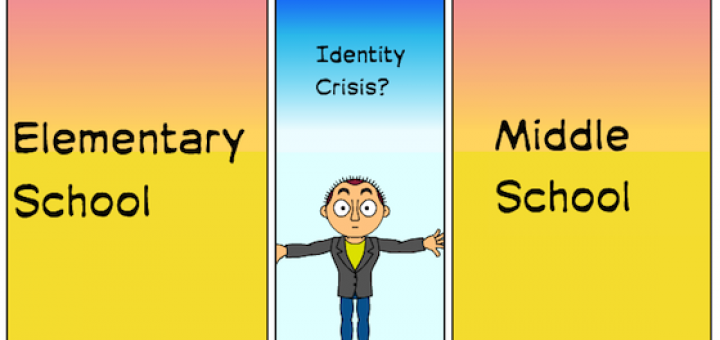Leading Meaningful Race Conversations with Kids
Reviewer Kathleen Palmieri says her 5th graders are already having race conversations socially. The guidance in We’re Gonna Keep On Talking can help elementary teachers build community and help students discuss race as it has affected life and culture in the past and today.

